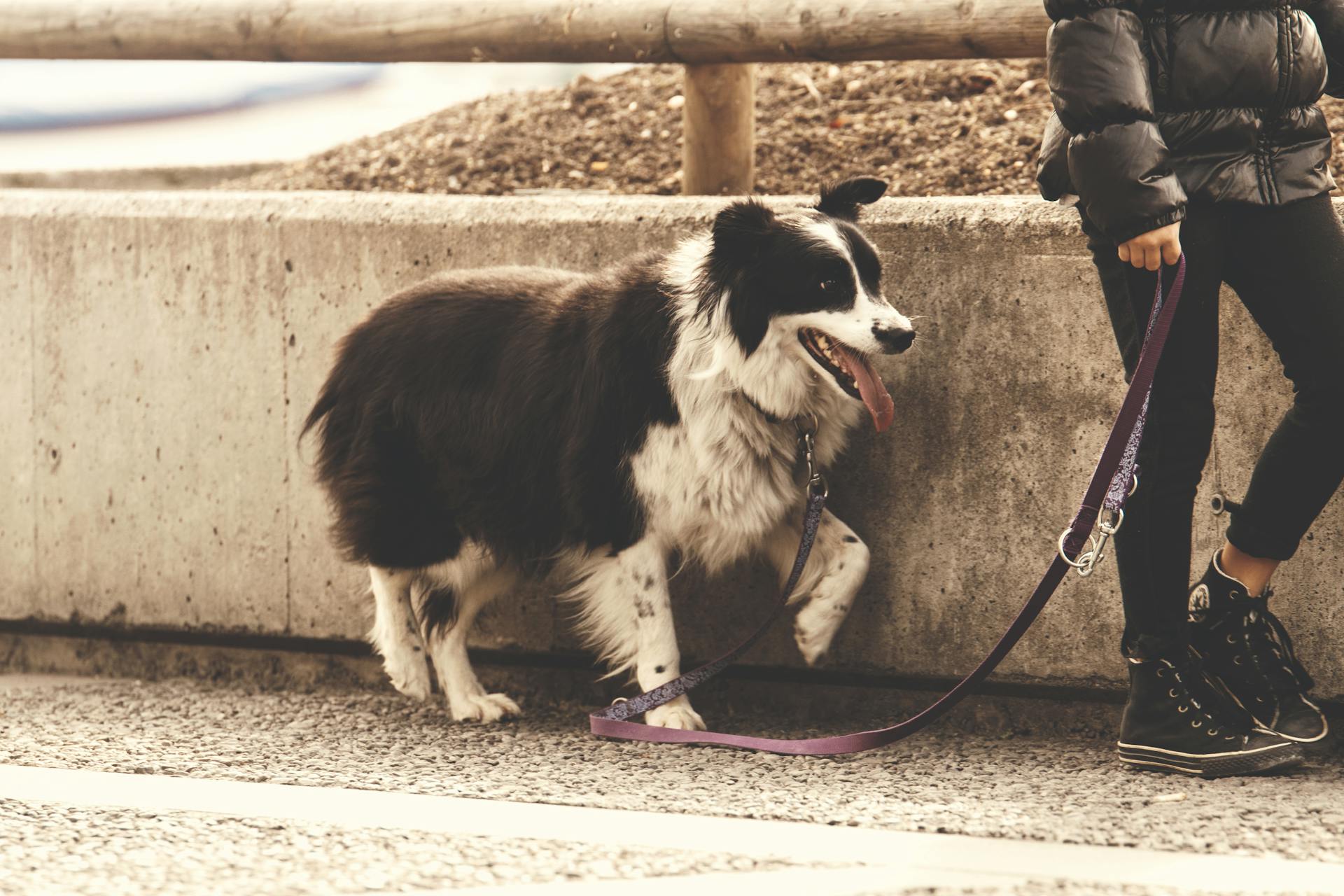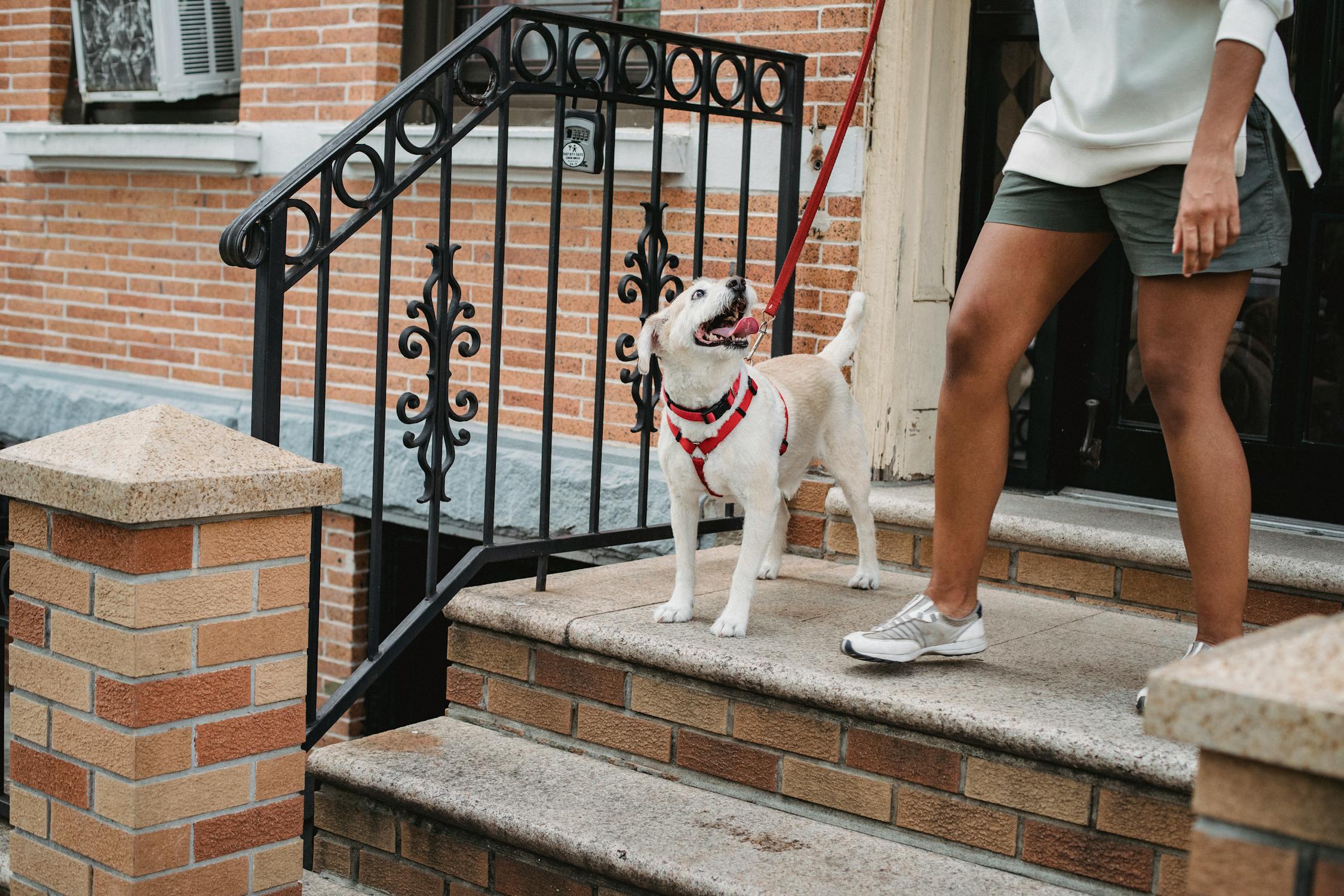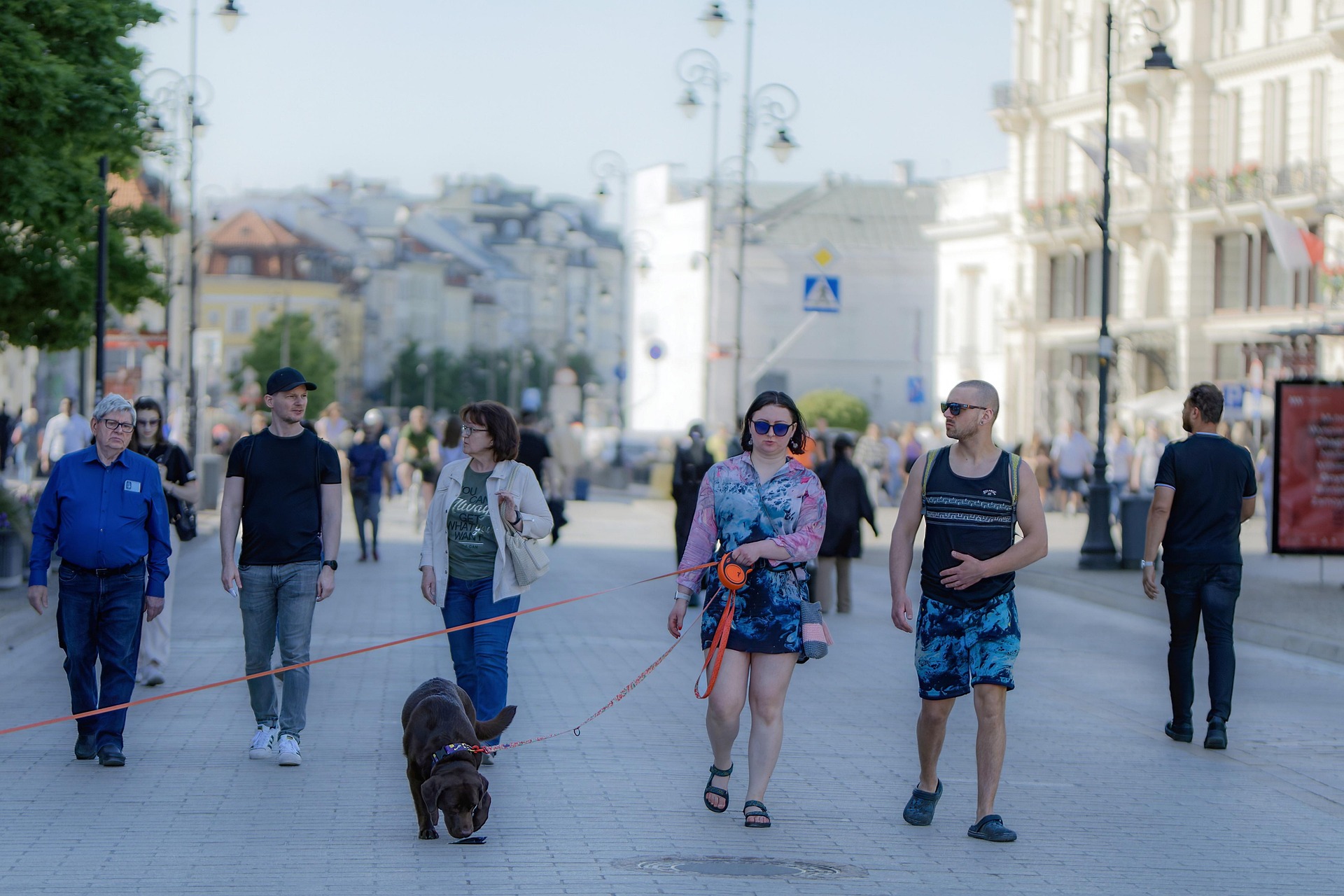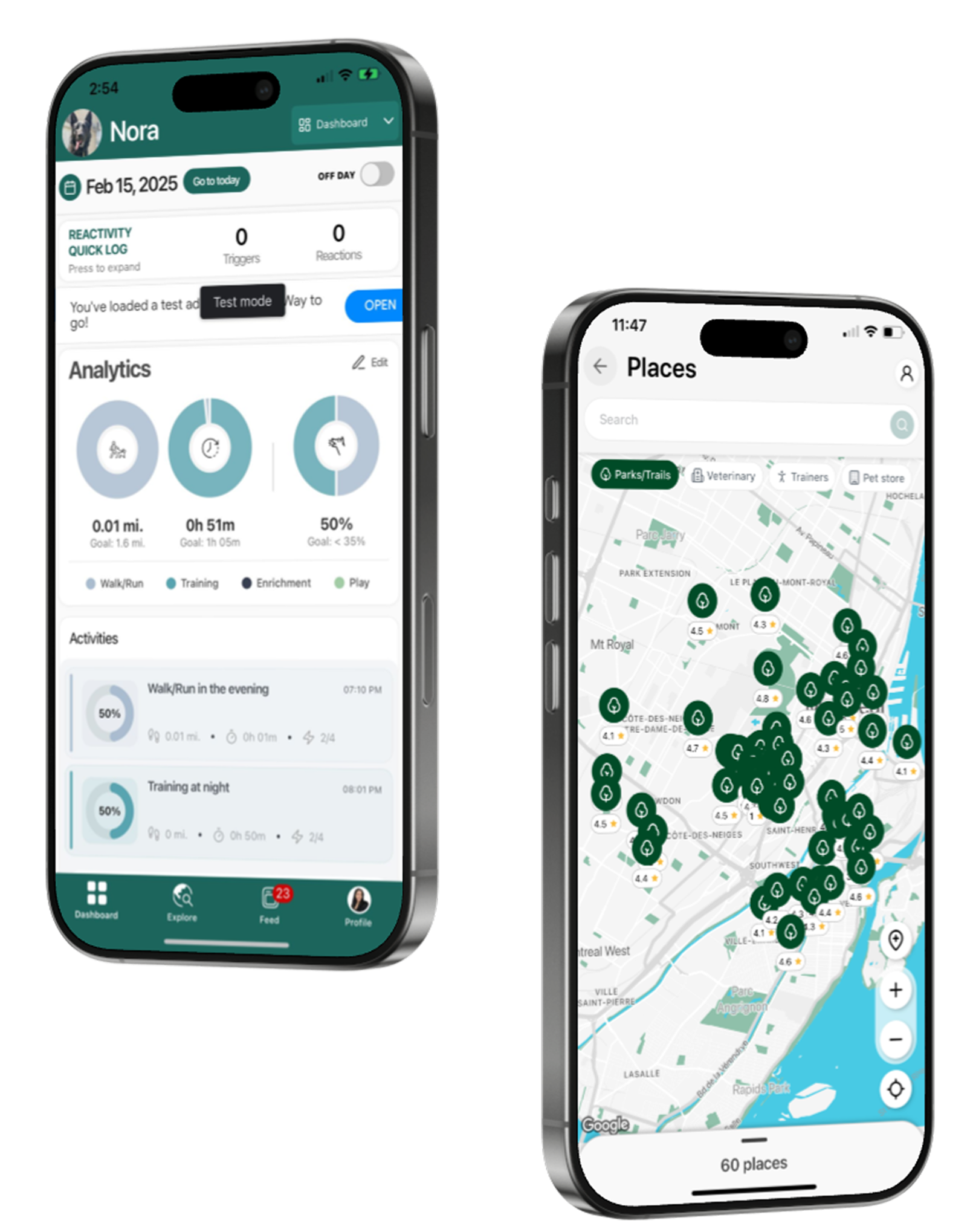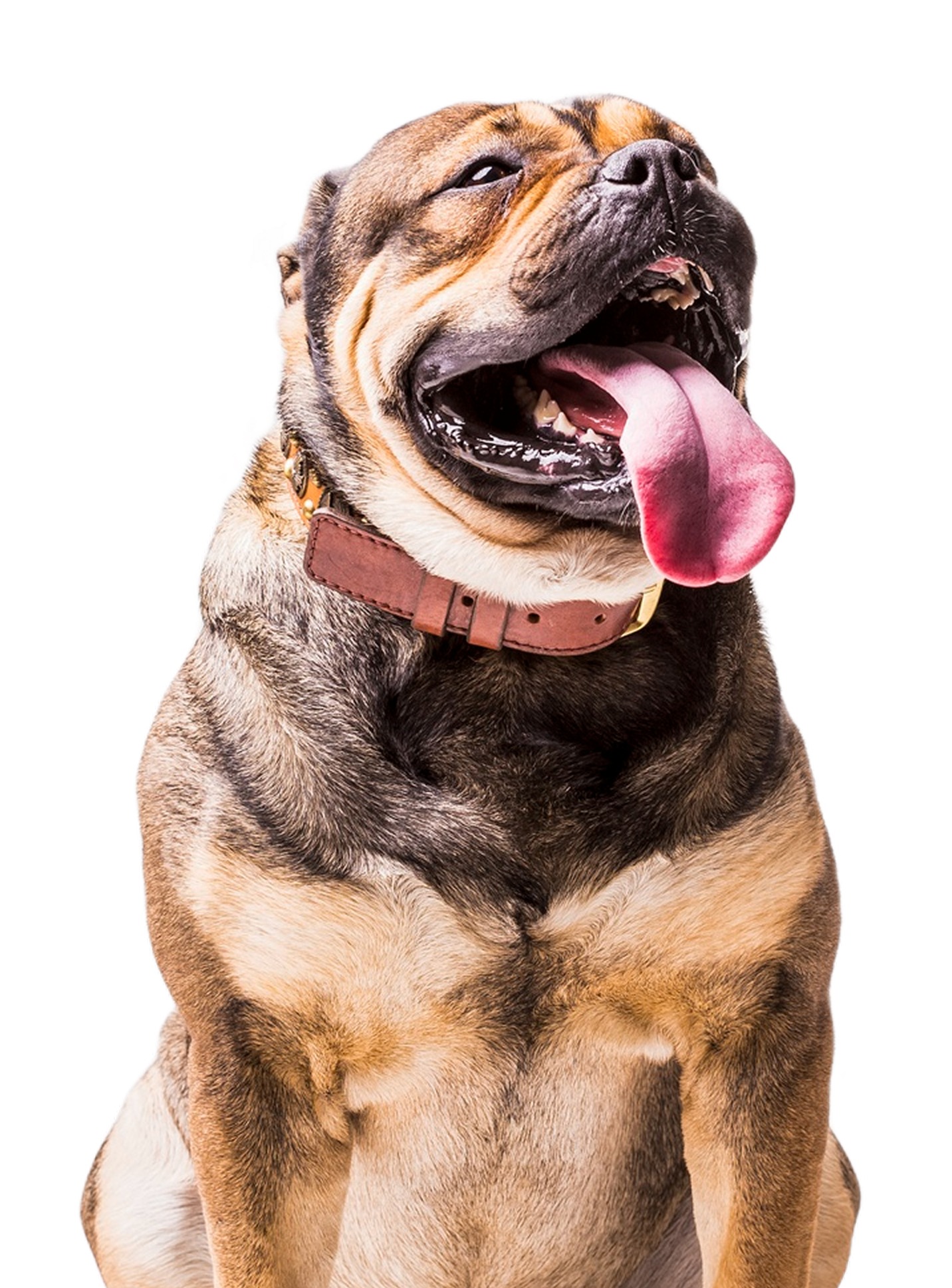Reactivity in Older Dogs: Can You Still Make Progress?
By Christelle S. • 2025-03-28
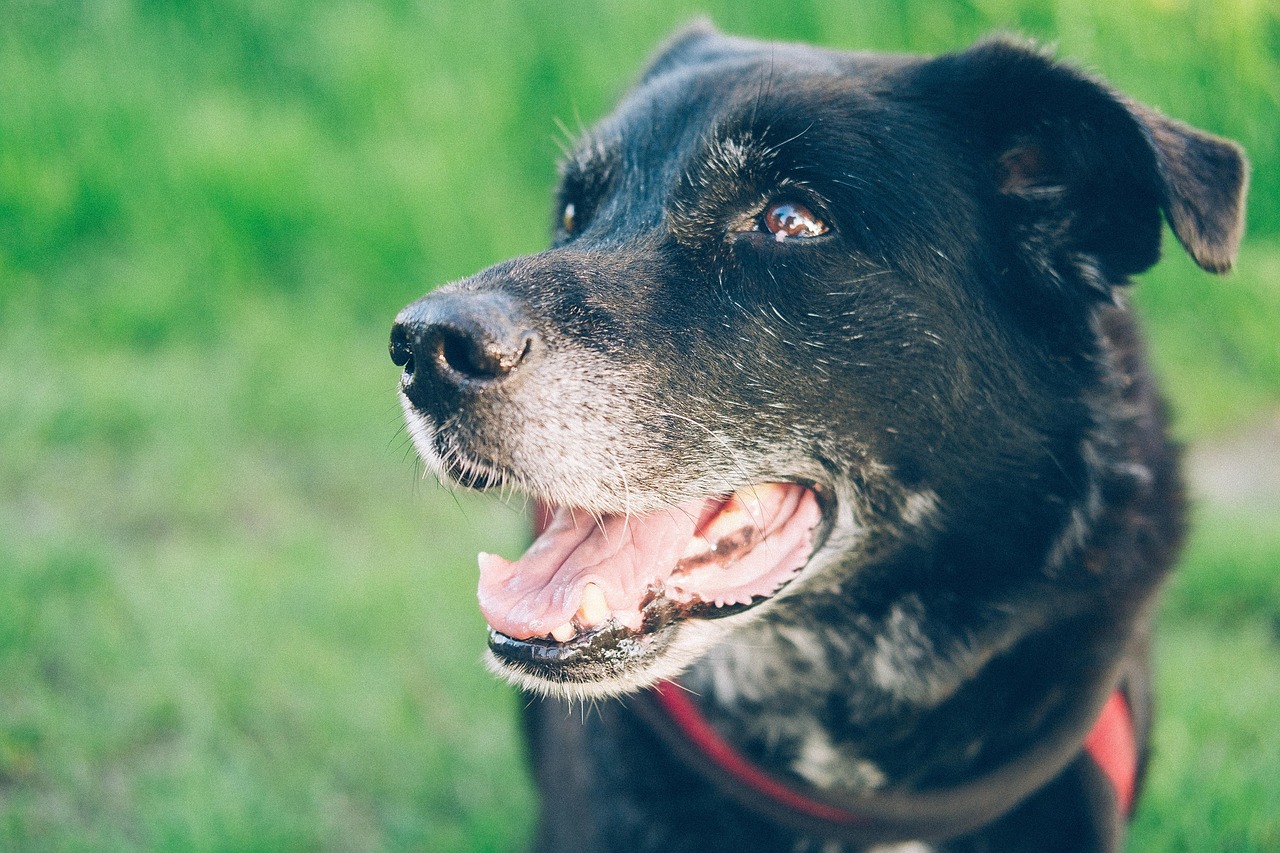
We often hear that early training is key for reactive dogs—but what if your dog is already older? Whether your pup has been reactive their whole life or their behavior has changed with age, you might wonder: Can an older reactive dog still make progress? The short answer? Yes! 🎉
While training an older dog may look different, improvement is absolutely possible. Here’s what you need to know:
1. Understand Why Reactivity Might Change with Age
A dog that was always reactive may not be the same at 7, 10, or 12 years old. Some older dogs become more reactive, while others settle a bit. Here’s why:
- Pain & Discomfort – Arthritis, joint pain, or dental issues can make dogs more irritable.
- Hearing or Vision Loss – A dog who doesn’t see or hear as well may react out of confusion or fear.
- Cognitive Changes – Senior dogs can experience cognitive decline, making them more anxious.
- Less Energy for Avoidance – Younger dogs may walk away from a trigger, but an older dog might react instead.
If your dog’s reactivity has changed suddenly, it’s always a good idea to check in with a vet. Medical issues can play a huge role in behavior!
2. Adjust Training Methods for an Older Dog
Older dogs can still learn, but they may need a different approach:
- Shorter, More Frequent Training Sessions – A senior dog may tire more quickly, so keep sessions brief but consistent.
- Focus on Low-Impact Activities – Avoid exercises that require too much jumping or quick movement.
- Use Softer Treats – If your dog has dental issues, softer treats can make training more enjoyable.
- Incorporate More Hand Signals – If your dog is losing their hearing, visual cues can help.
- Provide More Recovery Time – Senior dogs may take longer to decompress after a stressful situation, so give them extra space and rest.
3. Manage Expectations & Celebrate Small Wins
Older dogs may not change as quickly as younger ones, but progress is progress! Some days will be better than others, and that’s okay. Success might look like:
✔ Recovering faster from a reaction
✔ Showing interest in a trigger but not reacting
✔ Redirecting with a treat or cue more easily
✔ Being calmer in a previously stressful situation
✔ Tolerating a new environment without excessive stress
4. Fine-Tune Your Dog’s Environment
An aging reactive dog benefits from a well-managed environment. Here are some ways to make daily life easier:
- Create predictable routines – Older dogs thrive on routine, and predictable schedules help reduce anxiety.
- Reduce exposure to triggers – If your dog is reactive to other dogs, use quiet walking routes and off-peak times.
- Provide alternative enrichment – Mental stimulation through food puzzles, scent work, and gentle training sessions can help compensate for reduced physical activity.
- Use calming aids – Supplements, calming beds, or even classical music can help create a soothing atmosphere.
- Give them space – Some senior dogs become less tolerant of certain interactions. Respect their need for alone time.
5. Prioritize Comfort & Safety
If your dog is reactive and aging, their comfort matters more than ever. Consider:
- A well-fitted harness to reduce strain on joints.
- A quiet, stress-free home environment with comfy rest spots.
- Using Reacpaw to track what triggers your dog so you can adjust accordingly.
- Regular vet check-ups to monitor for pain or health issues that could be affecting behavior.
- Adjusting exercise routines to ensure they get movement without overexertion.
6. Training Adaptations for Common Scenarios
Here’s how to work with an aging reactive dog in specific situations:
Walks & Outdoor Time
- Choose shorter but more frequent walks to prevent fatigue.
- Bring a lightweight blanket or mat for breaks in safe areas.
- Use a long leash in enclosed spaces to give them more freedom while staying secure.
Meeting New People or Dogs
- Keep introductions very slow and controlled.
- Allow your dog to observe from a safe distance before engaging.
- Be mindful of signs that they need space, like turning away or freezing.
Vet Visits & Grooming
- Bring their favorite blanket or toy for comfort.
- Ask your vet about at-home exams for routine check-ups.
- Work on gentle desensitization to handling for stress-free grooming sessions.
7. You’re Still Making a Difference ❤️
Working with a reactive dog is always a journey, and age doesn’t change that. Even if your dog never becomes “totally calm,” every bit of training and management improves their quality of life. They feel safer, you feel more confident, and together, you keep moving forward.
The bond you have with your older dog is special, and your patience and understanding make all the difference. Keep celebrating the small wins, and remember—you’re giving them the best life possible. 💛

